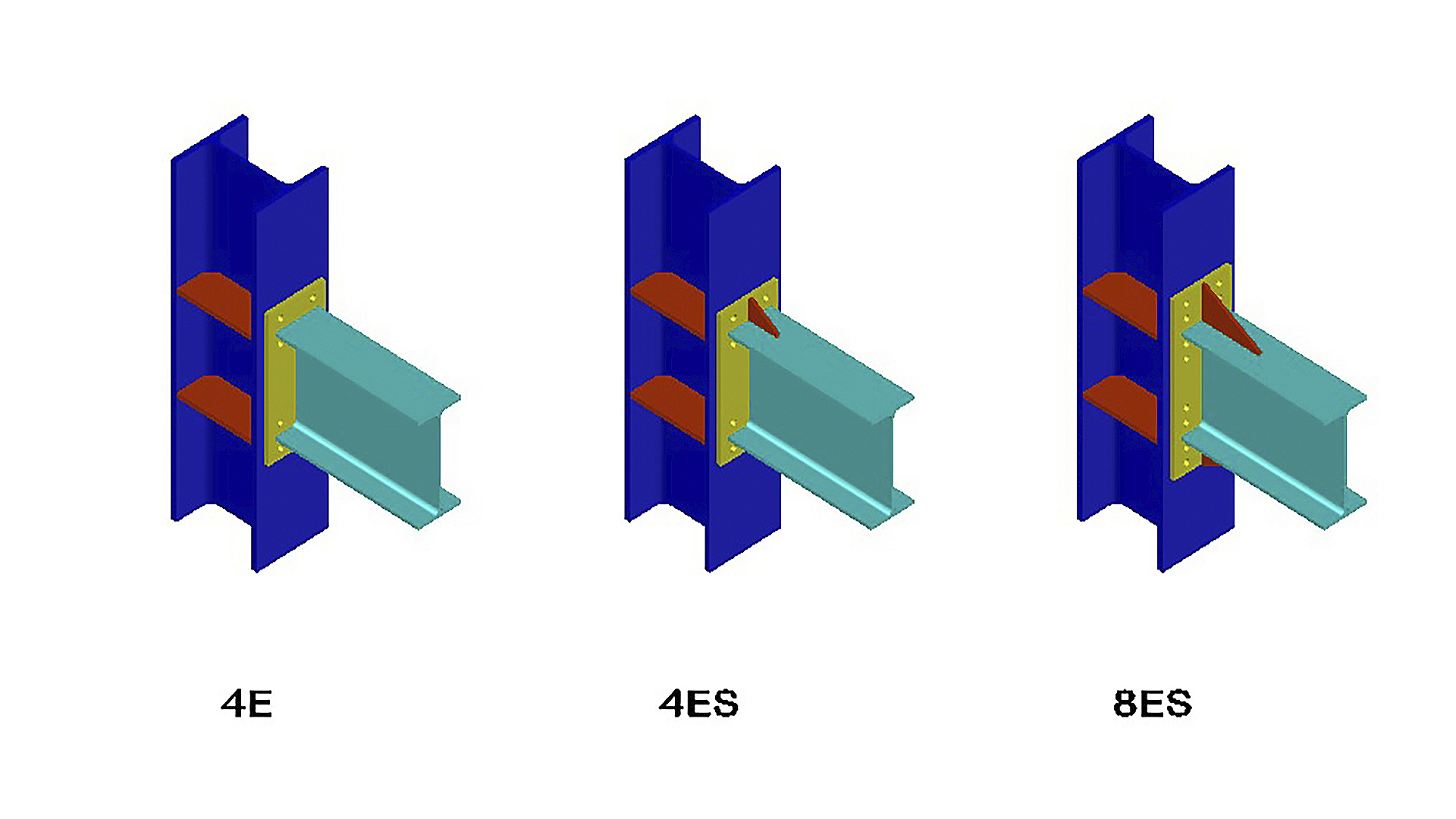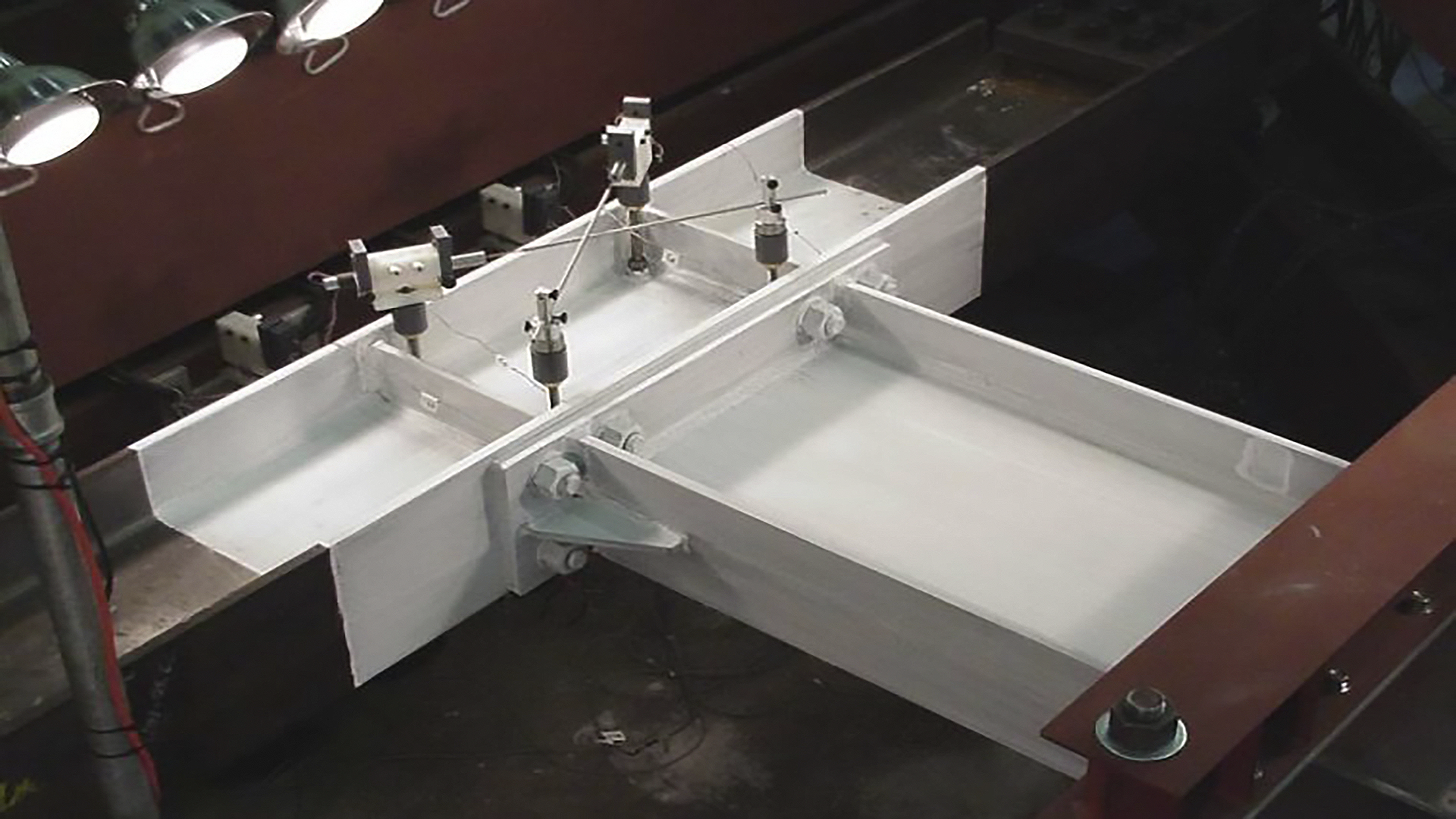The strength and ductility of metallic structures offers advantages in construction over other structural systems. However, the 1994 earthquake in Northridge, California, brought to the attention of architects and technicians that buildings with welded steel structures had a number of failures. Among them, fragility in their beam-column connections, mainly due to fracture of welds and plates. This fragility caused structural damage at Northridge and, a year later, in the Kobe earthquake, the collapse of 10% of the steel-framed buildings.
The SAC project (a joint project between the California Association of Structural Engineers, the Applied Technology Council and the California Universities for Research in Earthquake Engineering) was then born. The specific objective of this project was to investigate the behaviour of beam-column connections in welded structural elements. This research process resulted in the American Institute of Steel Construction and the American National Standards Institute (AISC and ANSI respectively) developing standard procedures for the design and construction of prequalified connections in moment resisting steel frames. These procedures are contained in ANSI/AISC 358 and AISC 341 regulations.

So, the standard procedures for the construction of structures with these types of connections state that they must be able to withstand plastic rotations of 0.04 radians. In contrast, the bending capacity of the connection at the column face must be at least 0.8 Mp (where Mp is the plasticising moment of the beam calculated at the yield stress for the specified steel). In addition, the shear resistance must be determined from the amplified load combinations, amongst other configurations.

By Jean Carlos Soto, Senior Structural Engineer in Amusement Logic’s Architectural Dept.






